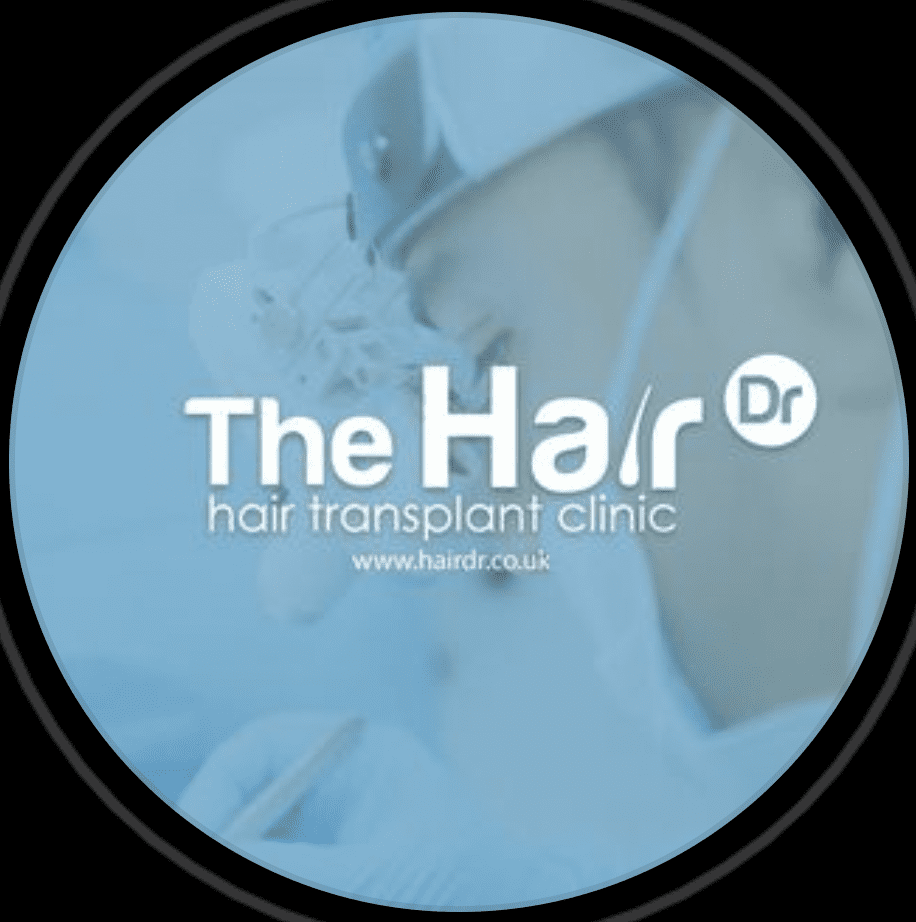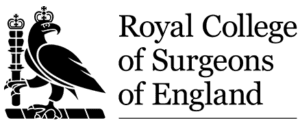Platelet-Rich Plasma (PRP) therapy has emerged as a promising treatment for hair loss, offering hope to individuals grappling with receding hairlines and thinning locks. This article explores the effectiveness of PRP in hair regrowth, shedding light on its mechanisms, benefits, and potential outcomes.
What is PRP?
PRP involves using a concentrated form of a patient’s own blood to stimulate hair follicles. This enriched plasma contains growth factors that promote tissue repair, including hair follicles.
Why PRP Matters
Hair loss affects millions worldwide, impacting self-esteem and quality of life. PRP offers a non-surgical solution that harnesses the body’s natural healing abilities.
Types of Hair Loss
Androgenetic Alopecia
The most common type, characterised by progressive hair thinning in both men and women.
Alopecia Areata
An autoimmune disorder causing patchy hair loss, sometimes leading to total baldness.
PRP Treatments
Direct Injection
PRP is directly injected into the scalp, targeting areas of hair loss.
Microneedling with PRP
PRP is applied topically and absorbed through micro-injuries created by micro needling, enhancing its efficacy.
Signs of Hair Loss
- Gradual thinning on the scalp
- Receding hairline
- Excessive shedding during washing or brushing
Indications for PRP Treatment
- Early stages of hair loss
- Thinning hair without complete baldness
Expected Outcomes
PRP aims to slow hair loss and stimulate new hair growth, improving hair density and quality over time.
Causes of hair Loss
Biological Factors
Genetics, hormonal changes, and ageing contribute to hair loss.
Environmental Influences
Exposure to pollutants, UV radiation, and harsh chemicals can weaken hair follicles.
Lifestyle Habits Affecting Hair Health
Poor nutrition, stress, and certain medications may exacerbate hair loss.
Hair Loss Evaluation
- Scalp examination by dermatologists
- Hair pull test to assess shedding rate
Tests Used to Assess Hair Growth Potential
- Trichoscopy for magnified scalp analysis
- Hair density measurements
Role of Dermatologists in Diagnosis
Specialists play an important role in identifying the cause and extent of hair loss, guiding appropriate treatment choices.
Treatment Options
PRP Procedure Explained
Blood Draw Process
A small amount of blood is drawn from the patient, typically from the arm.
PRP Preparation
The blood sample undergoes centrifugation to separate plasma rich in platelets.
Injection or Application Methods
PRP is injected directly into the scalp or applied after micro needling to stimulate follicle activity.
Preventive Measures
Lifestyle Adjustments to Promote Hair Health
Balanced diet, scalp care routines, stress management techniques.
Dietary Recommendations
Foods rich in vitamins, minerals, and proteins essential for hair growth.
Avoidance of Hair Damaging Practices
Excessive heat styling, chemical treatments, tight hairstyles.
Conclusion
Summary of PRP’s Efficacy in Hair Regrowth
PRP shows promise in enhancing hair density and quality, offering a minimally invasive option for individuals experiencing hair loss.
Future Directions in PRP Research
Continued advancements in PRP technology may lead to improved outcomes and broader accessibility for hair loss patients.
For personalised guidance or to learn more about PRP therapy for hair regrowth, reach out to our experts today. We’re here to help you discover the best treatment options tailored to your needs.
Contact us now and take the first step towards healthier, fuller hair!









